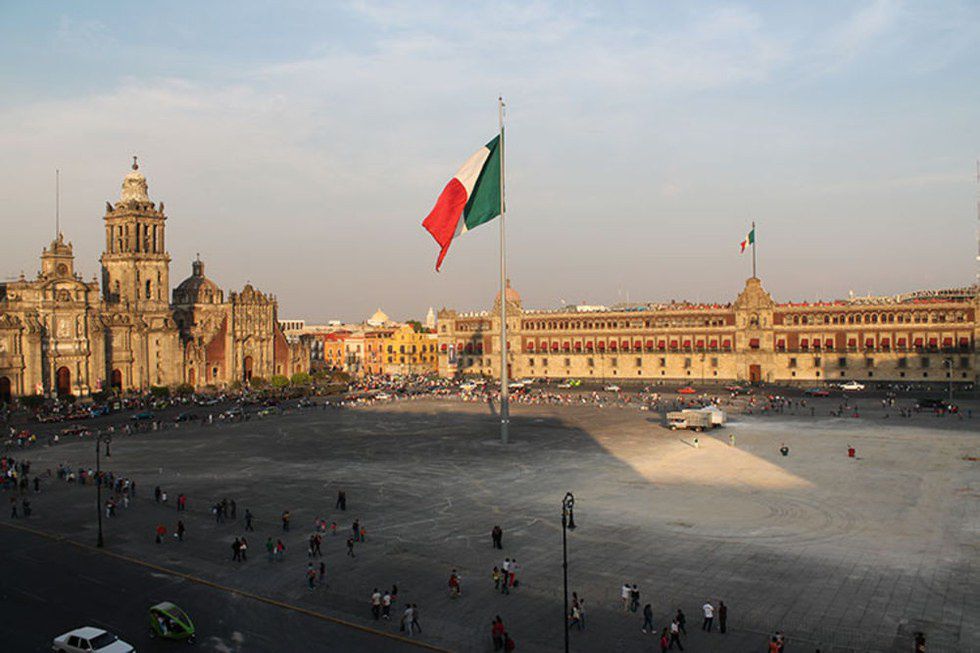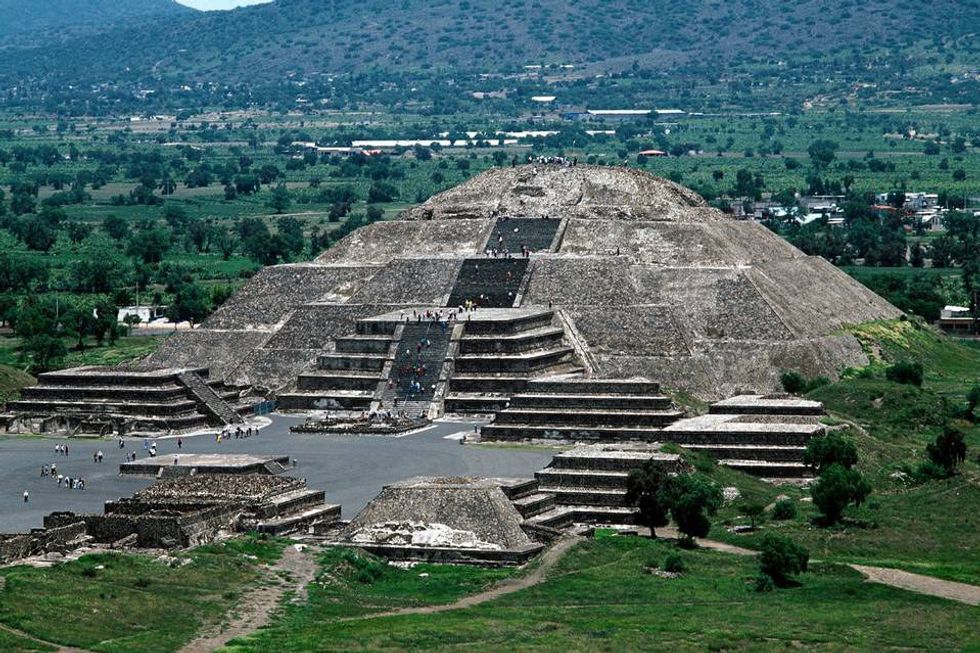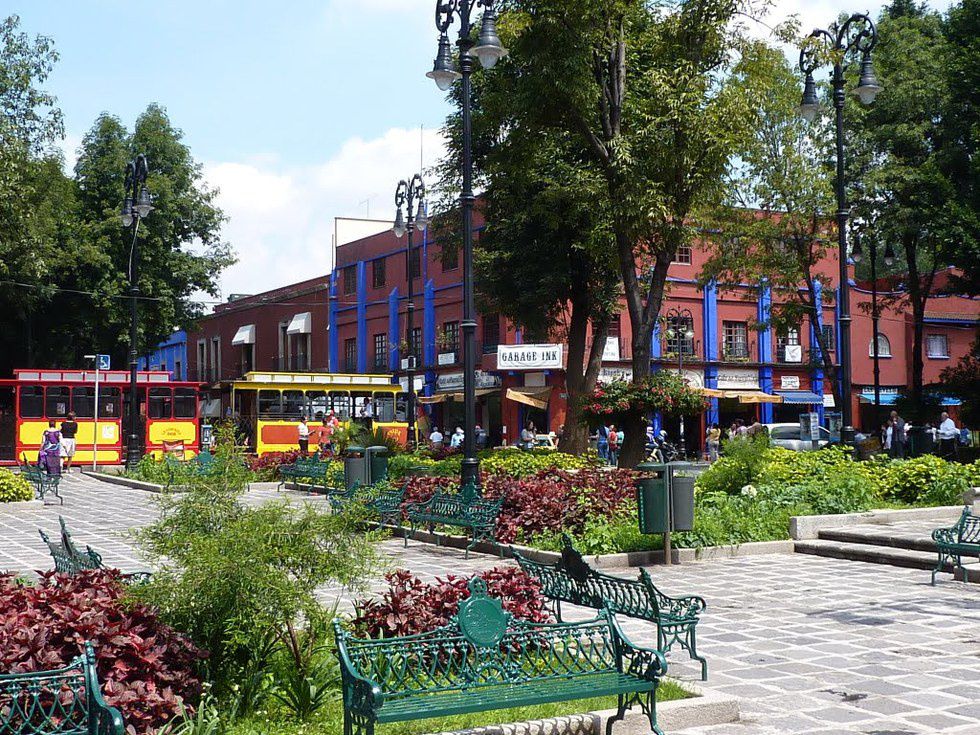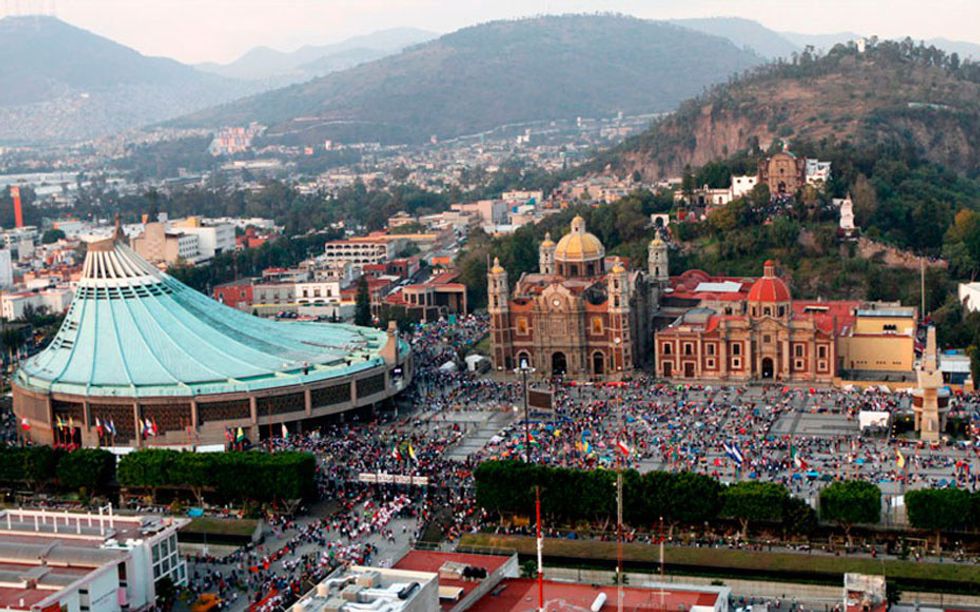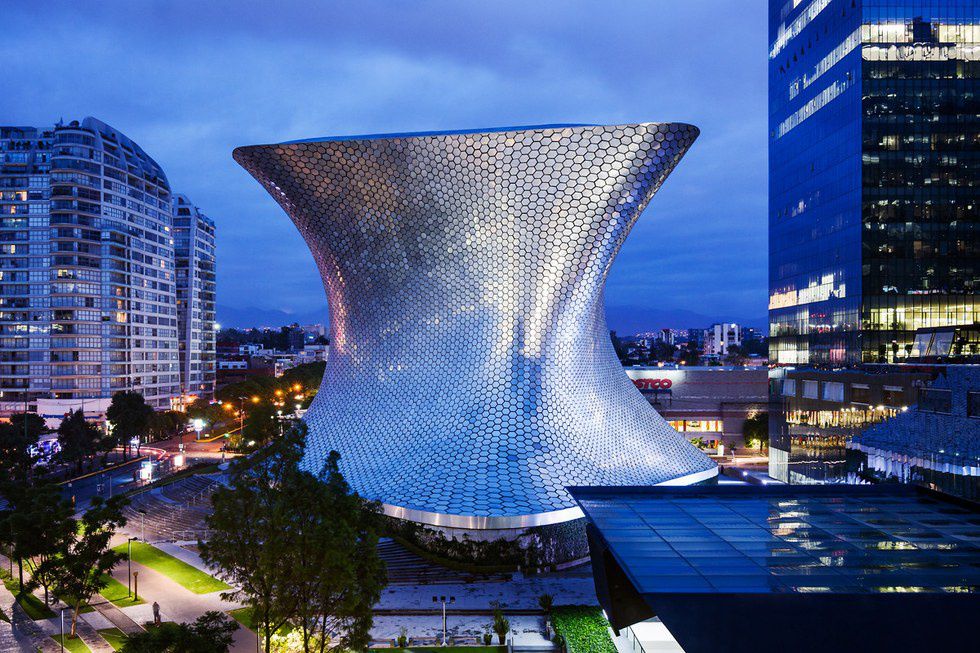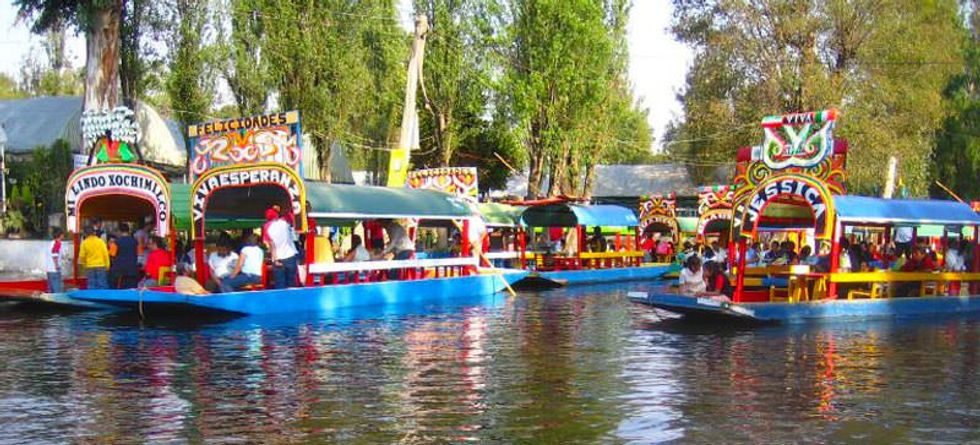Picture this: you're in Mexico City, fifth most populated city on the planet, home to the legendary Aztec culture, and birthplace of one of the most addictive delicacies on the planet – chocolate.
What do you do? Where do you start? Where do you go and what do you eat when you get there?
The following is a list of some of the most popular and fascinating places in this city. Leading you to experience the best of the Mexican food, people, and culture wrapped into a single beautiful setting.
Historic Center
Starting your journey through this immense city in the Historic Center will give you the opportunity to briefly step into the past so as to better understand the future. Here, you will find a variety of places that will show you the core and arguable foundation of the Mexican culture. It is usually best to begin in the Zócalo, also known as Constitution Plaza. Once home to the main center of the Aztec capital, Tenochtitlan, this area is now one of the largest plazas in the world. In it, one can usually stay to watch traditional Aztec dances and experience other civic and cultural events, as well as appreciate the surrounding architecture, which includes the Metropolitan Cathedral, located to the north of the plaza. The cathedral holds the title of the largest cathedral in Latin America. Those who walk through this cathedral are able to see a transformation: beginning with the unfortunate death of the developing Aztec nation with the entrance and imposition of the Spanish empire and ending with the modern Mexican culture that has grown and molded this portion of their history as their own.
Archaeological Center of Teotihuacan
For those who crave history and are addicted to the impressive feats of the Aztecs, the Archaeological Center of Teotihuacan is the perfect place for you. Just about an hour outside of the city, you’ll find beautifully large mesoamerican pyramids and structures that display a that is history all but forgotten. On this anthropologically significant site, tourists can find the Pyramid of the Sun, the Pyramid of the Moon, and the Avenue of the Dead. Climb the 243 steps of the Pyramid of the Sun, the largest of the structures at the site and appreciate the incredible view of the valley below. Once at the top, one is able to appreciate why this pyramid, which lies perfectly on the axis on which the sun sets every night, is dedicated to the largest star in our solar system: the height is enough to convince you that if you reach out with your arms, you can literally receive the charging energy of the sun.
Center of Coyoacán
Once back in the city, make a point to visit the Center of Coyoacán, one of the most unknown, yet equally beautiful parts of the city. Entering via the Hidalgo Gardens you can stroll through this small plaza surrounded by foods and markets. At the center of the garden you will find a large gazebo that is usually the setting of many lovestruck couples of all ages. Along one edge of the garden you will find the Artisan Market of Coyoacán where you can get lost spending your time and money among the dozens of shops that extend through this city block. Once you enter into the market, you will be surrounded by the different colors and textures of the dresses, necklaces, bracelets, bags, books, and more (most of which is hand-made and usually price negotiable). Also located in this cultural hub is the Frida Kahlo Museum also known as the “Blue House,” in which the famous and talented Mexican artist grew and lived with her husband Diego Rivera who, after her death, donated the house and its contents to create a museum for his wife. The museum contains Frida’s work and life, revealing a part of mexican culture and history that has shaped modern artwork and inspired a feminist sentiment through an artistic medium.
Basilica of Our Lady of Guadalupe
This is one of the most fascinating places in Mexico, even for those who aren’t religious. The story of the appearance of the virgin to Juan Diego is arguably the foundation for the large Christian, especially Roman Catholic, population in Mexico. This Basilica is separated in two parts: the original basilica that housed Saint Juan Diego’s mantel from 1709 to 1974 and then the modern basilica which is larger, more spacious, and displays the mantel in such a way that it can be observed from any angle. Both buildings are incredibly beautiful and allow visitors to walk through history in such a way to see the religious influence of Catholicism at this architectural crossroads. Many pilgrims make their way to the basilica several times and year and are so devoted to their faith that they often enter the building on their hands and knees, praying. And those who aren’t of the faith can still appreciate the fascinating history that lives in this compound of buildings while also observing the history of a faith tradition within a culture and a nation.
Soumaya Museum
This impressively beautiful architecture feat, designed by Fernando Romero was dedicated to Soumaya Domit, wife of the museum’s founder, Carlos Slim, after her death. This museum is dedicated to the appreciation of Mexican and European art via a variety of permanent and temporary exhibits. Displaying 30 centuries worth of sculptures and paintings, this space is entirely dedicated to the appreciation and understanding of available for all people. It is meant to bring some of the most inspiring and famous artists of the world such as Picasso, Dalí, Tamayo, Siqueiros, and Rivera, to the hands of the average man. With the of events, tours, lectures, and interactive programs, this space is providing the public a cultural service that anyone who enters will be amazed by. And even if you don’t aren’t much of a “museum fanatic,” you can always still appreciate the unique design of the building from the outside.
Xochimilco
Before leaving the city you have to at least stop by this popular borough. Best known for the canals that run through this section of the city and are inhabited by the artificial islands, “chinampas,” and are connected by vibrantly colored boats, “trajineras” (the old Spanish word for “canoe”). These crafts are very similar to the traditional gondolas found in Venice, yet much more decorated and versatile. Trajineras are usually decorated with flowers painted on the “roof” right underneath the boat’s usually female name. They are fitted with long benches and tables for tourists to enjoy food and drink as they ride through the canals and appreciate the wonder of this section of the city. Aside from the canals, Xochimilco has plenty to offer in the way of religious and cultural history.




